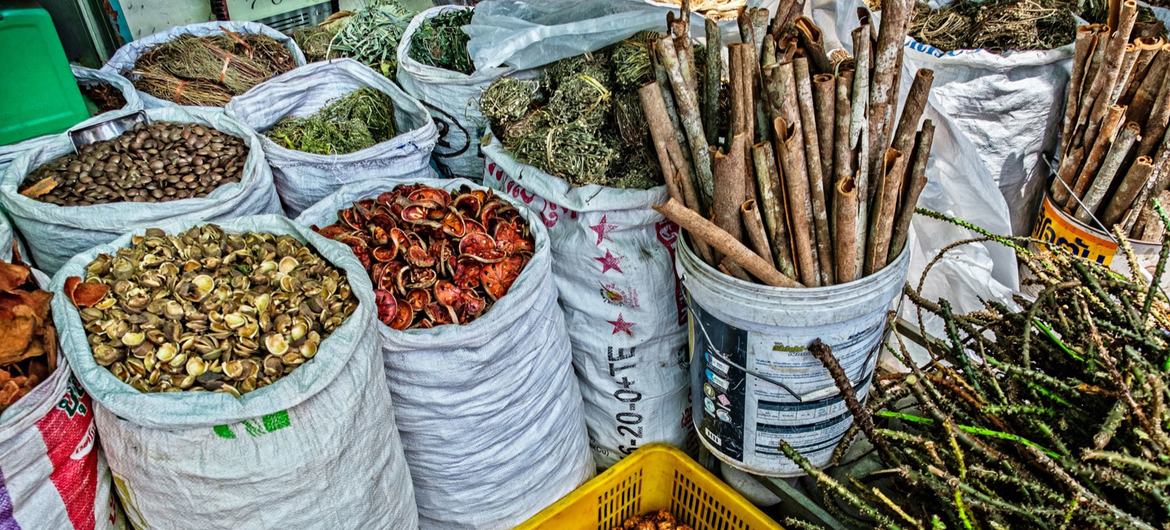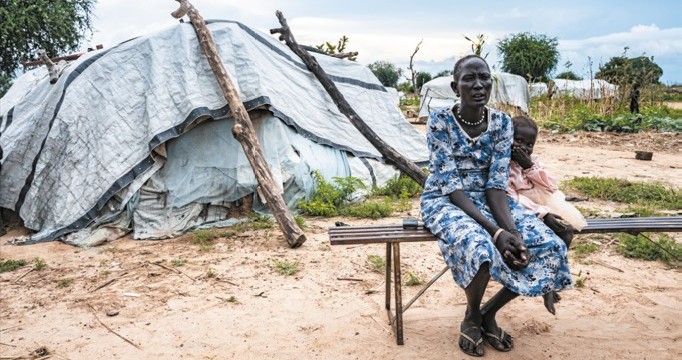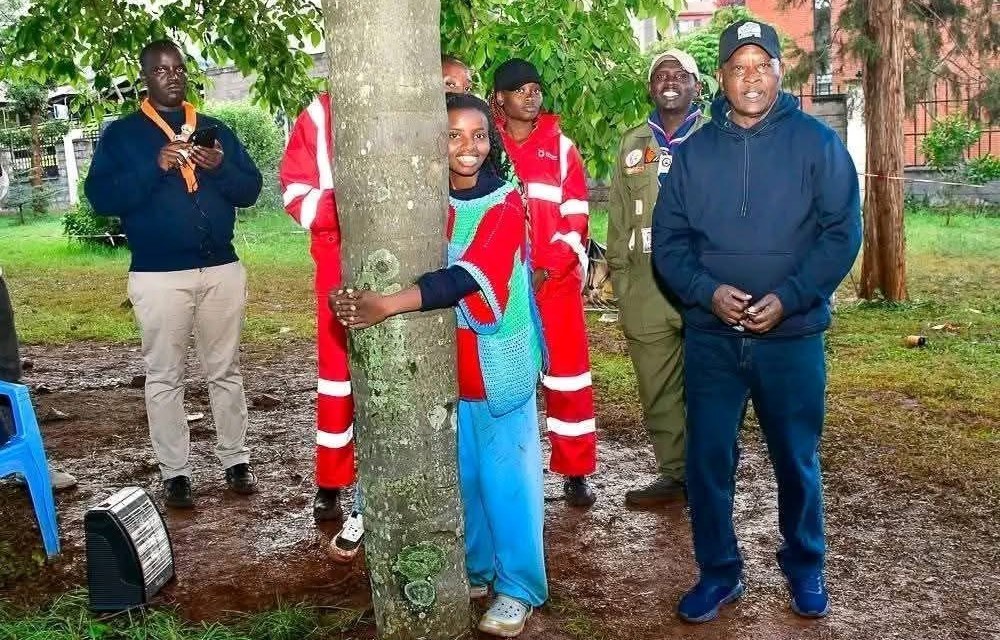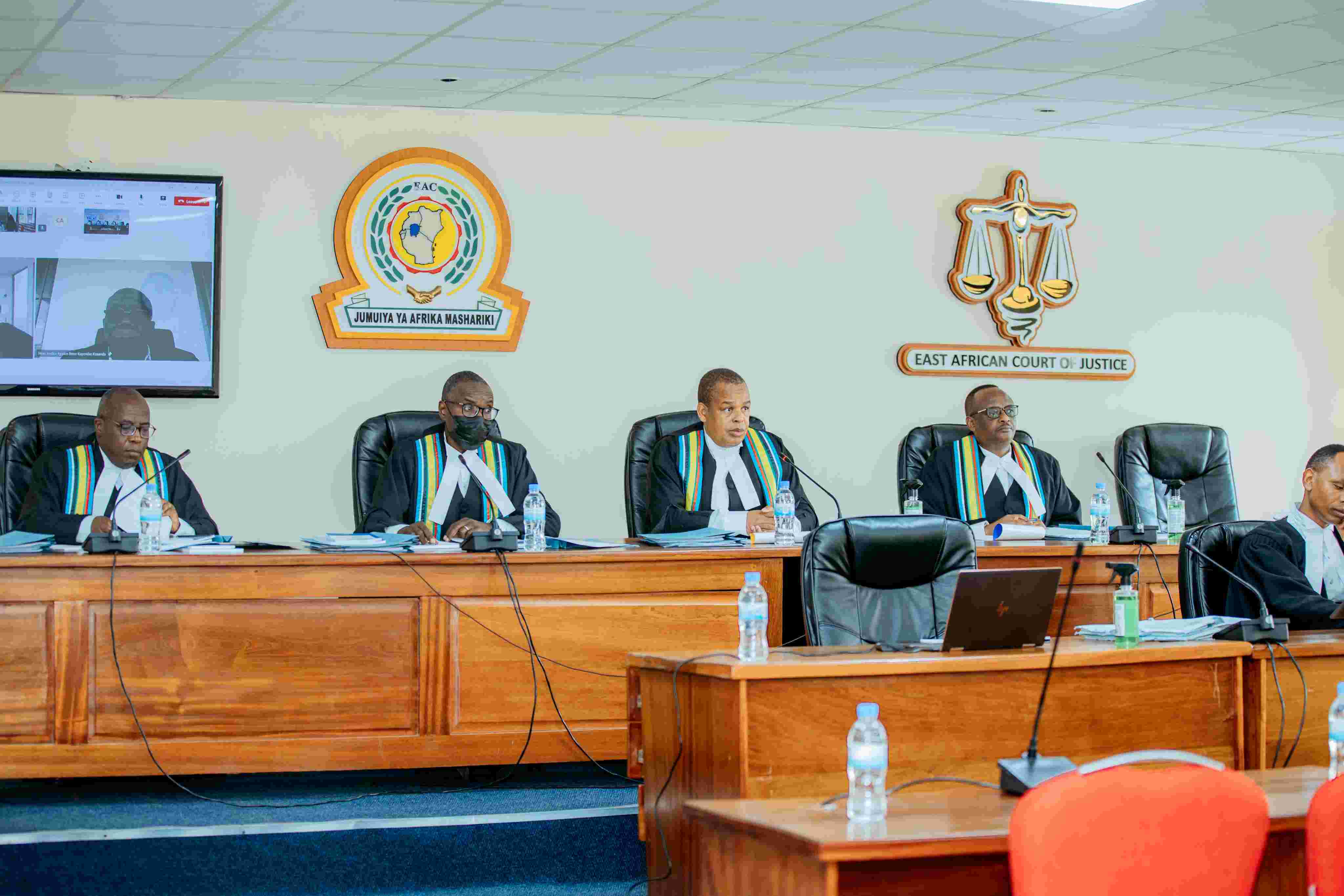Mathenge tree menace: Isiolo begins research ahead of Sh42m project
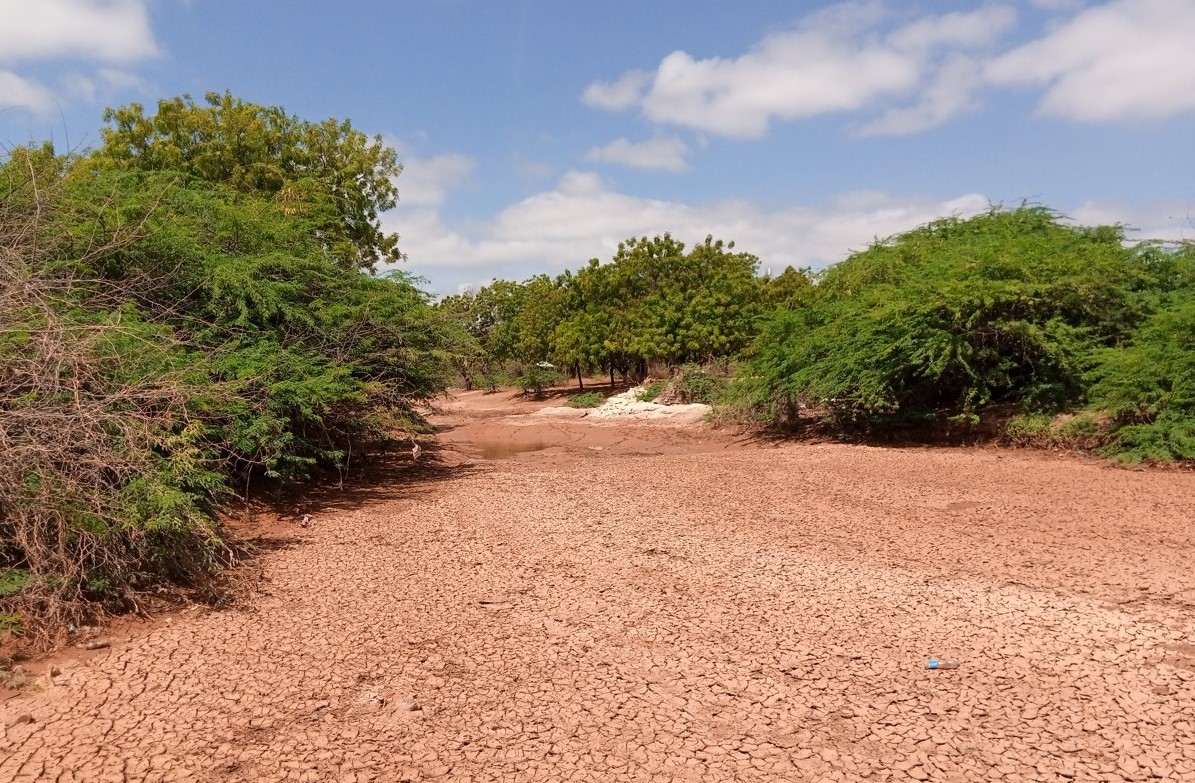
Mathenge trees, which burst into the limelight during the 1997 El-Nino rains, are evergreen plants that multiply fast while colonising other plants, leading to the loss of farmland and pasture and impoverishing agro-pastoral communities.
The Isiolo County Livestock Department is carrying out research focused on establishing new and sustainable ways of managing and preventing the spread of prosopis juliflora, popularly known as the Mathenge tree, which remains a thorn in the flesh for pastoralists in Arid and Semi-Arid Lands (ASALs).
In partnership with the University of Nairobi and VSF-Suisse, the department will, in the next three months, collect views from residents in Korbesa and Mnadanur on how they have been coping with the invasive species and establish if local communities have tapped into its nutritional value.
More To Read
- Renowned Kiswahili scholar Ruo Kimani-Ruo dies, leaving language fraternity in mourning
- UoN lecturers, workers demand implementation of 2017–2021 CBA
- Red Cross launches Sh2.4 billion emergency appeal to combat escalating climate crisis
- Marsabit households get 100 camels in government push to restore livelihoods
- Second Lady Joyce Kithure calls for tougher action to eliminate lead exposure in Kenya
- Livestock project targets Garissa youth with skills, finance and market opportunities
The research comes before the implementation of the three-year INNOPLA project titled ‘Strengthening the drought resilience of agro-pastoral communities in Isiolo County’.
Mathenge trees, which burst into the limelight during the 1997 El Nino rains, are evergreen plants that multiply fast while colonising other plants, leading to the loss of farmland and pasture and impoverishing agro-pastoral communities.
Reductions in pasture and the change of flow of rivers have devastating effects on the environment and livelihoods and ignite resource-based conflicts which result in loss of lives and property destruction.
Spreading at a rate of 15 per cent annually, the species’ thorns are poisonous and cause livestock deaths when fed on by the animals while its pods make animals' teeth decay and fall off if consumed in large and uncontrolled quantities.
Isiolo is among more than 20 counties that continue to grapple with the Mathenge tree menace, others being Samburu, Kilifi, Kajiado, Turkana, Wajir, Marsabit, Migori, Taita Taveta and Marsabit.
The findings from the study will guide the expected implementation of a Sh42 million project aimed at strengthening the resilience of agro-pastoral communities to climatic shocks.
County Livestock Chief Officer Isaiah Epuri appealed to residents in areas under study to fully participate in the ongoing research by providing factual information to the data collectors.
“The project will augment the county government’s efforts to manage the invasive species,” Epuri told The Eastleigh Voice.
Funded by several Swiss Foundations and Cantons, the INNOPLA project will also focus on improved food and nutrition security through the promotion of livestock feeds produced from the Mathenge pods.
VSF Suisse Country Director Davis Ikiror said farmers will be trained on how to manage the species through utilisation.
“They will be trained how to produce and market the livestock feeds produced from Mathenge pods,” he said during a recent inception meeting in Merti Sub-county.
Experts advise that the pods be grounded and mixed with maize cobs before being fed to animals to ensure they do not lose or break their teeth.
While Kenyans have in the past been encouraged to cut the trees down for charcoal burning, their stump regenerates after being cut down, requiring total uprooting.
A past proposal for a pest to attack the plant and slow its reproduction rate was rejected by Kenyans in some of the affected counties on suspicion that it could harm crops and soil.
Top Stories Today
Reader Comments
Trending


